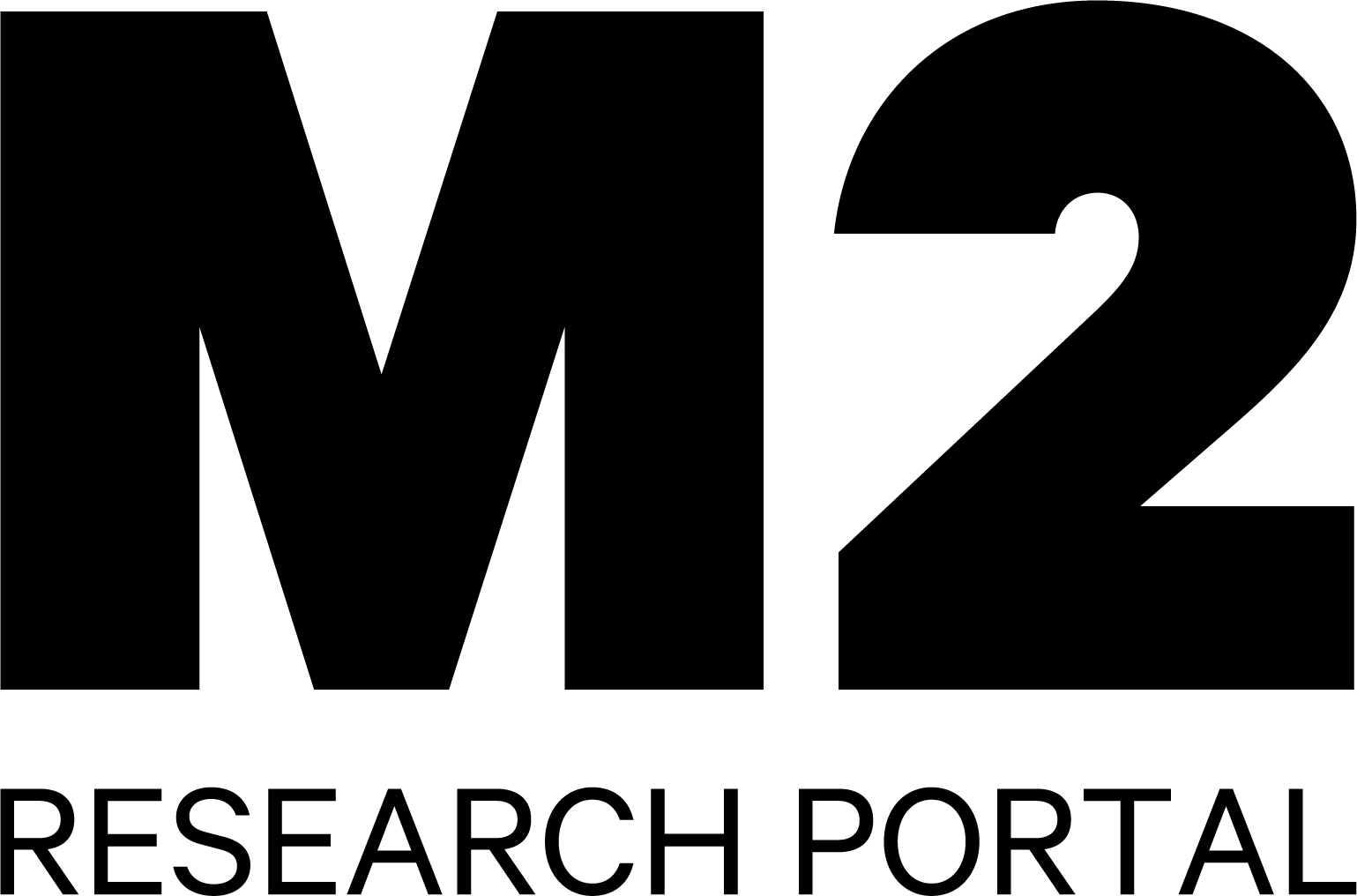UNION bank survey, Q3 2020
UNION has interviewed Norway’s largest banks. See the summary and assessment of the findings by Robert Nystad, our head of research.
After rising by no less than 45 basis points (bps) in the second quarter, the bank margin declined by 16 bps in July-September. The average margin for new five-year loans with 65 per cent loan-to-value (LTV) was thereby 232 bps.
Bank margins remain about 30 bps above the 1 January figure. Excluding the unusual period in the spring, we must go back more than two years to find a higher level.
Source: UNION and DNB MarketsThe five-year swap rate is up by 23 bps from the second quarter. Overall financing costs for new five-year loans with full interest-rate hedging throughout the period have thereby risen by seven bps to 2.99 per cent. In other words, financing costs have stabilised around three per cent. This is down by about one percentage point from 1 January.
Assuming a floating interest rate, the cost of borrowing for the standard case is 2.58 per cent. This is the lowest level we have ever recorded.
Source: UNION and DNB Markets.Applies to new five-year loans for the purchase of office properties in central Oslo with full interest rate hedging for five years, a 65 per cent loan-to-value ratio and a seven-year average duration of the rent.
The Norwegian economy has performed better than many feared, and a number of banks report a greater willingness to lend now than before the summer. We are heading for a normalisation of the banking market, but the banks naturally remain cautious over lending to vulnerable property segments.

